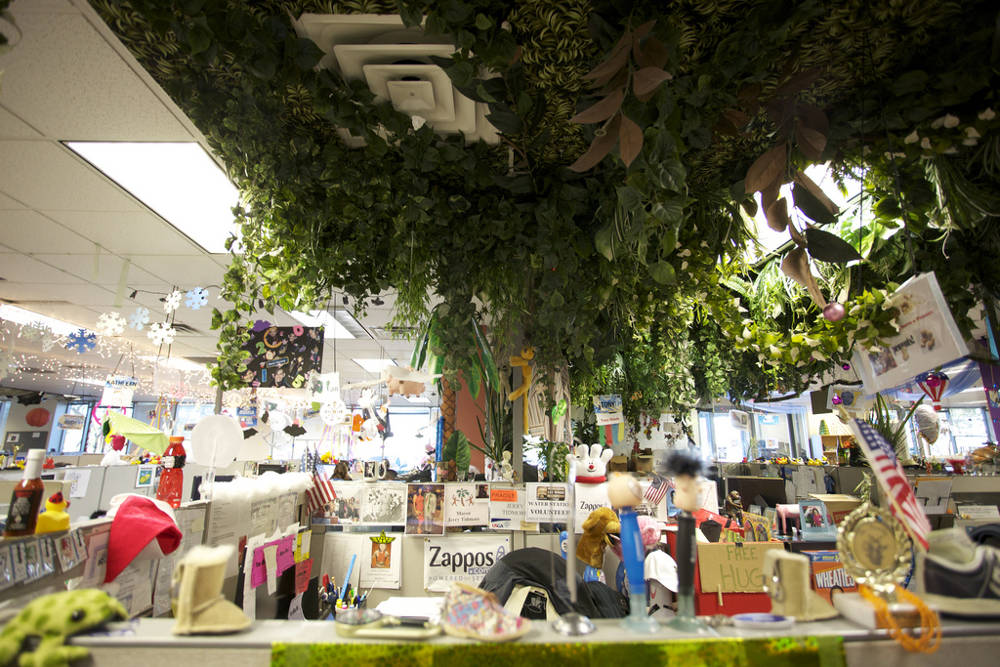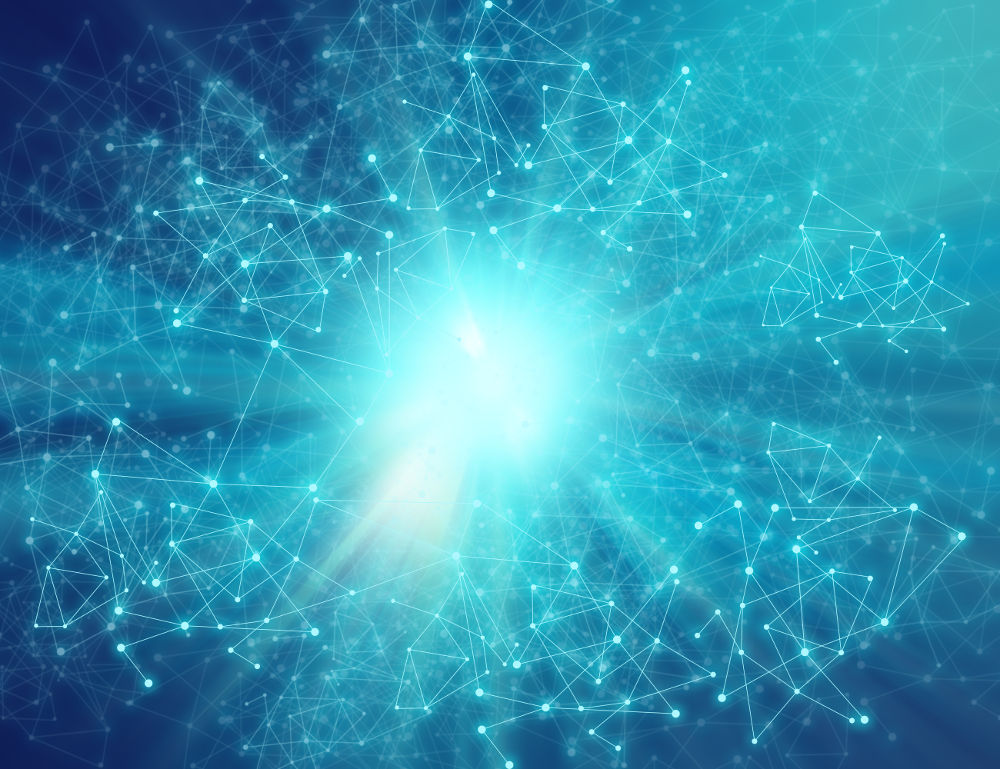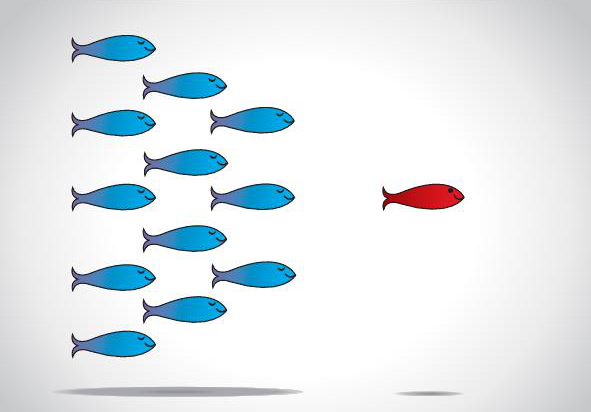
Businesses aggressively strive to establish trust with their customers but often neglect the need to cultivate confidence in their workplaces. Economist John Helliwell researched the determinants of workplace happiness and found that trust is the greatest contributor, beating out pay, workload, or perks. A one-point increase on the trust scale can mean the equivalent of the psychological benefits associated with a 40% wage increase.
BJ Bueno
 Malcolm Gladwell tells a famous story about Howard Moskowitz, the food scientist who discovered for Prego that what customers wanted was a chunky spaghetti sauce. Armed with this information, Prego introduced a chunky sauce and had some of its most profitable years ever. Part of the reason Moskowitz was so successful in his research was that he was willing to question everything. No variable was fixed. Everything that could be questioned would be questioned.
Malcolm Gladwell tells a famous story about Howard Moskowitz, the food scientist who discovered for Prego that what customers wanted was a chunky spaghetti sauce. Armed with this information, Prego introduced a chunky sauce and had some of its most profitable years ever. Part of the reason Moskowitz was so successful in his research was that he was willing to question everything. No variable was fixed. Everything that could be questioned would be questioned.
 Your best customers are your Brand Lovers.
Your best customers are your Brand Lovers.
Understanding the needs of your Brand Lovers and serving them better than anyone else is critical if you want to outmaneuver the competition and grow a long-term sustainable business.
By Chief Executive Optimist of The Life is good Company Bert Jacobs
I met BJ 3 years ago at a business conference in Chicago. He led a group of 25 or so CEO’s through a workshop. When the session was over, he and I went out for a few beers at a local dive bar. We had some good laughs and a meandering, yet riveting conversation. I found it refreshing that he didn’t need to tell me about his accomplishments. I meet interesting people in my travels all the time, and I am sometimes the type that connects instantly, but this was different. Midway through our conversation, it became apparent to me that BJ and I would be friends for the rest of our lives.

By the former Chief Marketing Officer of Walmart, Paul Higham
I suspect that most 13-year-olds are curious about their future—I know I was. One day, my mother brought home a little black and yellow hard-backed book called Careers (I’m not entirely sure of the title, as this was nearly 50 years ago). I found a quiet place and devoured the book.




 THE BIG IDEA: 2017 is here. It’s time to think on, plan for, mitigate against, and dream about what your customers will need, want and LOVE in the year ahead.
THE BIG IDEA: 2017 is here. It’s time to think on, plan for, mitigate against, and dream about what your customers will need, want and LOVE in the year ahead.